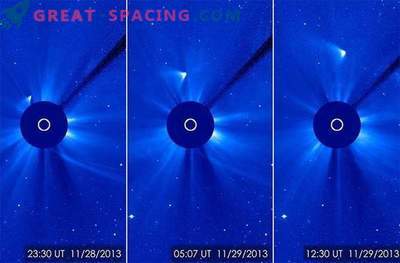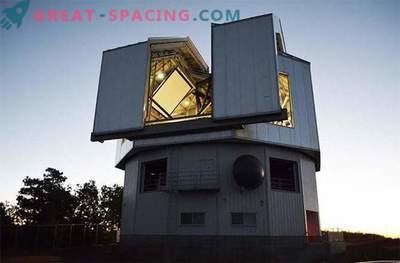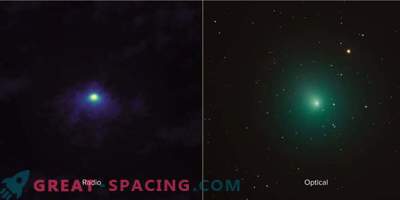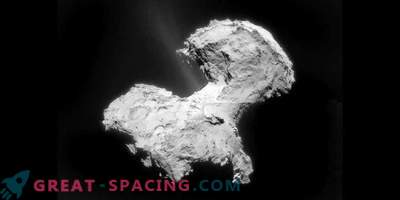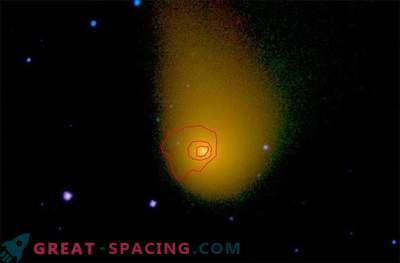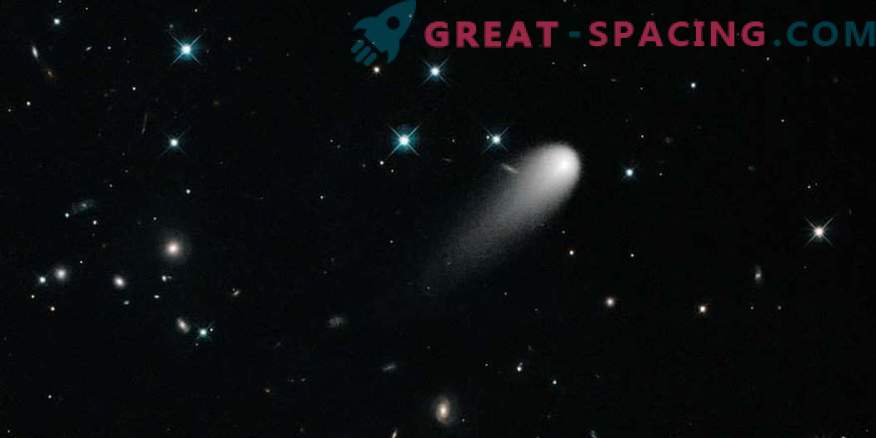
The three main cometary events predicted over the next two years provide an opportunity for amateurs and professionals to uncover new secrets.
Comets can arrange an exciting show in the sky. And enough binoculars or telescopes to see the weakest of them. Fortunately for all of us, at least three comets are expected to pass at close (but safe) distance from our Earth in the next two years.
Therefore, the Planetary Science Institute is trying to attract both professionals and amateurs to these events. With the advent of digital images, amateurs have more flexibility in observing targets. So there are hopes that the whole world will get involved in “shadowing” and provide more information about the nature of comets, especially during bright flashes.
“An international campaign to monitor comets from around the globe will improve time coverage, which will allow you to monitor objects at all latitudes 24/7,” said project manager Nalin Samarashinha, senior researcher at the Institute for Planetary Studies.
Three comets 41P / Tuttl-Djakobini-Kresak, 45P / Honda-Mrkos-Paidushakova and 46P / Virtanen will pass the Earth between 0.08 and 0.15 astronomical units (1 a. Is equal to the distance between Earth and Sun).

Astronomers need information about dust flares. The image is captured by an extremely close-up view of how these flashes look on a comet (comet 67P / Churyumov-Gerasimenko, filmed by the Rosette apparatus in 2014).
So what kind of images are astronomers looking for? First of all, raw (without correction), demonstrating the dust and gas activity of the comet. I am glad that there is time for preparation: 45P / HMP will come in February and March 2017, and 41P / TDK - in January-July. The last comet is expected in 2018.
Considering gas and dust, the team will be able to understand how the comet's core rotates, what is the activity and even what the gas consists of in a coma (cometary atmosphere).
Similar campaigns for Comet ISON (which “snapped” at Thanksgiving in 2013) showed how the comet collapsed during an outbreak on November 12th. And in general, there were a lot of similar general observations (mission of Deep Impact, EPOXI and Rosette), which ended successfully.
For more information on how to participate in the project, visit the Planetary Science Institute website.



